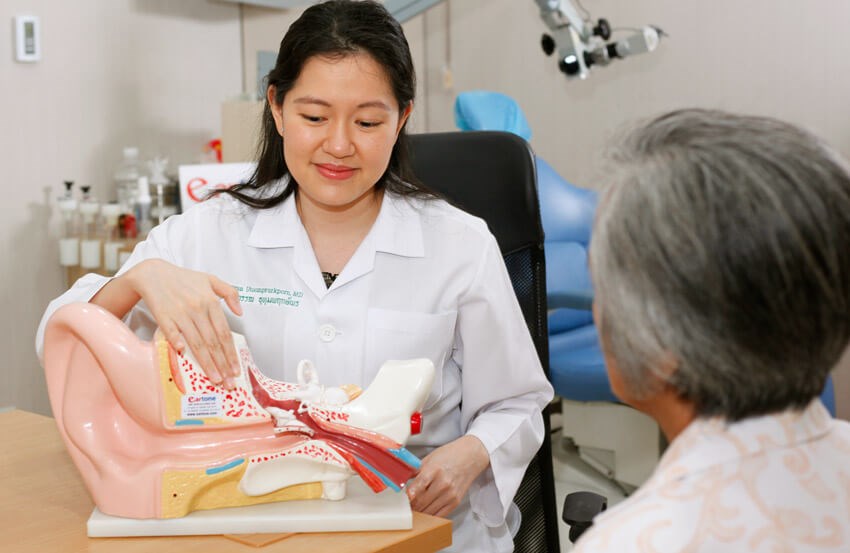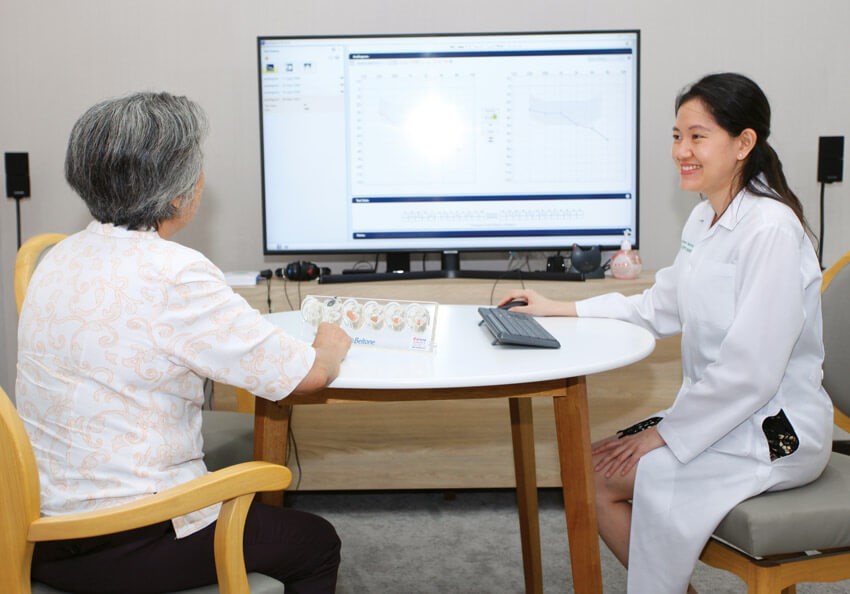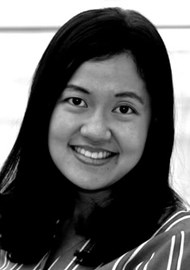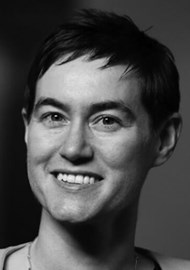Ideal models of care for communities can include tailored ear and hearing care interventions.
Barriers exist at an individual and societal level to realise the vision of hearing care for all, regardless of country or resource setting. Affordability of hearing care represents a major barrier in LMICs as well as high-income countries. However, focusing on affordability as the single motivator of an individual’s willingness and ability to seek hearing care does not reflect the complexity of driving positive health behaviours from a public health perspective.
The application of health behaviour theories to understand hearing aid use demonstrates that increasing self-efficacy, perceived benefit, and providing cues to action as well as social support, can improve hearing care uptake. However, these studies largely stem from high-income countries with relatively little racial/ethnic and cultural diversity represented within the samples. Some themes likely cross cultures and family structures but nuances are not currently captured within the existing literature. These limitations must be considered when examining barriers to hearing care.
With this understanding, we can explore some of the barriers at the individual level. Lack of recognition of hearing loss as a treatable condition and the accompanying lack of prioritisation occurs across settings. Most people believe that a degree of hearing loss is part of the normal ageing process and does not equate to an actionable change, particularly when it is gradual with seemingly perceived little impact on daily life.
For older adults ageing at home with their families, like many in LMICs, help and support related to daily activities, at least to some degree, is often available. Norms around respect and hierarchy within families may reinforce the relatively low priority of hearing loss compared to other conditions, as families try to cater to their older adult family members and limit conflict. For example, spouses or adult children may find themselves making the necessary adjustments, speaking more loudly, increasing the TV volume, filling in gaps or correcting misunderstandings in conversations.
“Raising awareness must be accompanied by access to affordable care that addresses the unique needs of individuals and families across diverse settings and communities”
Thailand joins other nations that also include ear and hearing care as part of universal healthcare coverage. This inclusion is critical for addressing hearing loss as a public health priority. The coverage provides access to hearing testing and hearing aids. However, many of the eligible older adults do not complete hearing testing, nor obtain hearing aids. The World Health Organization’s (WHO) World Report on Hearing rightly identifies ear and hearing care coverage as a high-priority intervention that should be covered under universal healthcare, and hearing aids are an assistive technology designated as a priority assistive product by the WHO. The collective experience of countries who currently provide coverage for hearing care and the persistent gap between those with hearing loss and those who use hearing aids demonstrates that coverage is a necessary starting point but not sufficient to ensure individuals utilise hearing care.
There is growing recognition of the importance of ear and hearing care across the life course, including healthy ageing. Age-related hearing loss is independently associated with a range of adverse health outcomes, including dementia, accelerated cognitive decline, falls, social isolation, and increased healthcare costs, among others. The 2017 Lancet Commission report on dementia represents a turning point in how and who is thinking about hearing loss. The 2017 report, along with the updated 2020 report, found that hearing loss is the largest potentially modifiable risk factor for dementia given its prevalence and the degree of association [1]. Hearing care is increasingly viewed as an essential tool for ageing well.


Dr Utoomprurkporn with a patient during a counselling
and older adult patient education session.
Hearing loss treatments are effective and can improve the health and wellbeing of individuals, including among populations that have traditionally gone unserved, such as older adults with cognitive impairment [2]. The benefits of ear and hearing care need to be communicated to the public more, and raising awareness is one of the goals of the WHO’s World Report on Hearing. Older adults and their family members, along with providers and those in ageing services, need to be aware of the problem and the possible consequences of not seeking early intervention. Similar to affordability and understanding hearing care as a health behaviour, awareness of the importance of hearing loss and potential solutions are needed, but efforts cannot occur in isolation. Raising awareness must be accompanied by access to affordable care that addresses the unique needs of individuals and families across diverse settings and communities.
“We have the ability to change where hearing falls in the list of priorities for individuals, families, communities, and nations”
The current ear and hearing care workforce inadequately meets the global burden of hearing loss. Task sharing, commonly used in public health as an approach to address disparities and deliver person-centred care in low-resource settings, is one avenue increasingly utilised within hearing care, especially raising awareness, through a community health worker model (CHW) [3]. Many LMICs already have some type of CHW-provided care, which traditionally focused on identifying and managing infectious diseases, such as dengue fever, malaria, HIV/AIDS and now chronic diseases. CHWs include promoters, community health aides, and peer mentors, who can serve as health navigators and often share the ethnic-cultural backgrounds, language, and/or geographic base of the individuals and families they serve [4]. Advancements in hearing technology, such as a number of validated mobile-based hearing technologies and the increasing entry of consumer electronics into hearing technology, can help CHWs deliver better care in the communities, such as utilising automated hearing screening and testing equipment that integrates quality checks and monitoring or initial listening strategies/advice [4].
Ideal models of care would be to tailor interventions to specific cultures and communities in order to reflect the needs and resources of the community. This process should be evidence-based and theory-driven. More importantly, the process should be completed in partnership with users and local collaborators, to obtain the insights needed to adapt or tailor an intervention and, ultimately, develop and implement a sustainable solution [5]. Such efforts have the potential to build capacity locally and knowledge more globally in our field to share lessons learned and innovations.
“Barriers exist in every country but so do opportunities to extend care, build capacity, innovate, and prioritise hearing care”
Opportunities to increase access to affordable hearing care exist in every community. An important starting point is understanding one’s own community and available resources. What are the most valuable existing resources already in place within healthcare or in seemingly unrelated fields? What processes can be leveraged? How can hearing care integrate into current practice? Barriers exist in every country but so do opportunities to extend care, build capacity, innovate, and prioritise hearing care. No one knows better than those who make up the community, from the organisations embedded in a community to the individuals with hearing loss and their families. In LMICs, along with other resource-constrained communities, barriers to hearing care may not necessarily be limited funding to provide needed technology. It may be the lack of funding to support local providers or organisations to overcome their particular challenges, whether raising awareness, integrating into existing services, or leveraging community-based models of care. Funding that flows to local communities and organisation is critical to conducting the local research needed to develop and/or adapt models as needed.
The WHO World Report on Hearing and the ongoing Lancet Commission on Hearing Loss mark a critical time for hearing care on the global stage. We have the ability to change where hearing falls in the list of priorities for individuals, families, communities, and nations. As a field, we have made advances but there are challenges we, as a discipline, cannot answer alone. Multipronged and interdisciplinary efforts that provide affordable technology, accessible models of care, raise awareness, integrate the latest evidence, and reflect the diverse needs and skills of users are needed to ensure access to effective communication for all.
References
1. Livingston G, Huntley J, Sommerlad A, et al. Dementia prevention, intervention, and care: 2020 report of the Lancet Commission. The Lancet Commissions 2020;396(10248):413-46.
2. Mamo SK, Reed NS, Price C, et al. Hearing Loss Treatment in Older Adults With Cognitive Impairment: A Systematic Review. Journal of Speech, Language, and Hearing Research 2018;61(10):2589-603.
3. O’Donovan J, Verkerk M, Winters N, et al. The role of community health workers in addressing the global burden of ear disease and hearing loss: a systematic scoping review of the literature. BMJ Global Health 2019;4(2):e001141.
4. Suen JJ, Marrone N, Han HR, et al. Translating Public Health Practices: Community-Based Approaches for Addressing Hearing Health Care Disparities. Semin Hear 2019;40(1):37-48.
5. Suen JJ, Reed S, Price C, et al. Hearing care across the life course provided in the community. Bull World Health Organ 2019;97(10):681-90.






